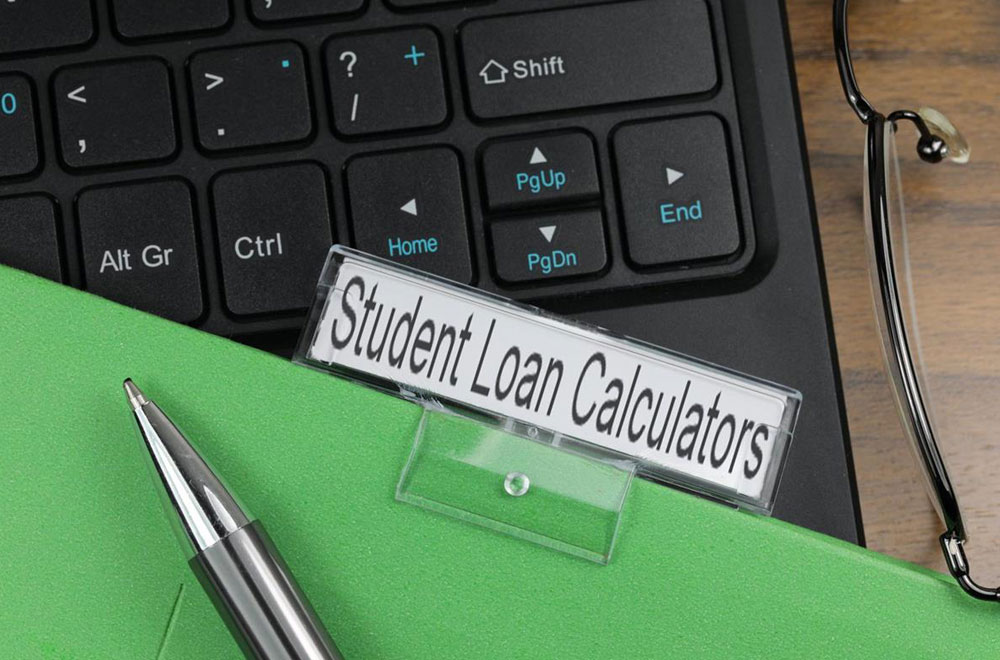
August 21, 2020; Forbes and the Washington Post
The pause on federal student loan payments and interest, which was originally supposed to end five weeks before election day on September 30 according to the CARES Act, was extended to the end of the 2020 by executive order. And now, the US Department of Education has confirmed that the federal government will treat the executive order as a simple three-month extension of the CARES Act provision.
The executive order, issued August 8th, directed the Secretary of Education to “continue the temporary cessation of payments and the waiver of all interest on student loans held by the Department of Education” in light of continuing national emergency of the COVID-19 pandemic. But, according to Danielle Douglas-Gabriel of the Washington Post, how the order would be interpreted remained in doubt until the Department of Education clarified that CARES Act procedures would continue to be followed.
For those in the Public Service Loan Forgiveness (PSLF) program, qualified employees of the US federal, state, local, or tribal government or a not-for-profit organization, the months on federally assigned forbearance, starting March 20 through December 31, 2020, will count toward the required 120 payments.
As was the case before, borrowers can opt out of the forbearance program, but payments can also be easily made on accounts without attempting to reverse the forbearance.
Sign up for our free newsletters
Subscribe to NPQ's newsletters to have our top stories delivered directly to your inbox.
By signing up, you agree to our privacy policy and terms of use, and to receive messages from NPQ and our partners.
Those who have been able to pay their loans may have been startled at the difference the payments make without having the burden of interest. Even students who are aware of the total amount of money they are borrowing while in school are often unprepared for the effect interest has. Congress establishes federal student loan interest rates, which cannot be negotiated:
- Direct unsubsidized loans for undergraduates: 10-year Treasury + 2.05 percent, capped at 8.25 percent.
- Direct unsubsidized loans for graduates: 10-year Treasury + 3.60 percent, capped at 9.50 percent.
The formula is “interest rate, times current principal balance, divided by number of days in the year, equals the daily interest.” With an outstanding loan of $45,000, the interest would be $6.94 a day in a non-leap-year. It may not sound like much, but multiply it by 30 days, and a monthly payment of $345 would put only $136.95 toward the principal, with a whopping $208.05 going to interest. It’s why paying off loans is so difficult. Borrowers are encouraged to make some payments of any amount possible during forbearance.
The extension of the COVID-19 CARES Act benefit program for federal student loan holders also includes the suspension of wage garnishments and Social Security offsets for those who were in default. The system had problems with this in the spring, continuing to garnish pay six weeks into the program. Reportedly, the Department of Education failed to send notices to employers.
The program extension still ignores the more than seven million federal loan borrowers whose loans are held by private companies or universities.—Marian Conway
Disclosure: The author is in the PSLF program.













